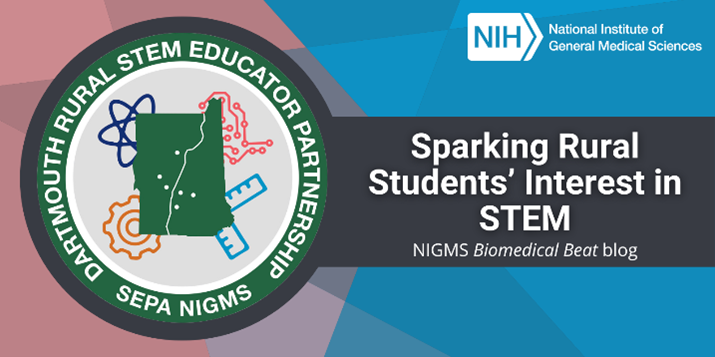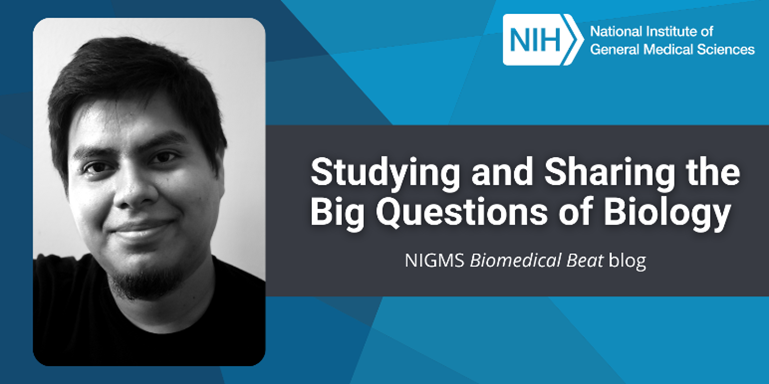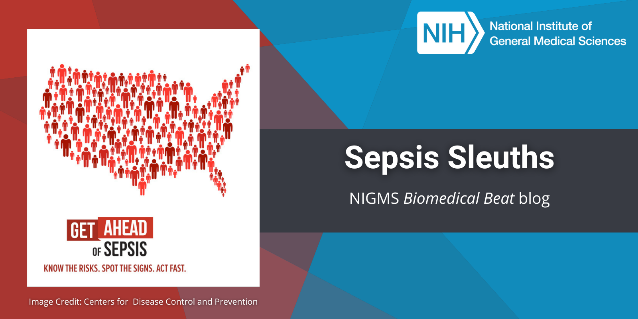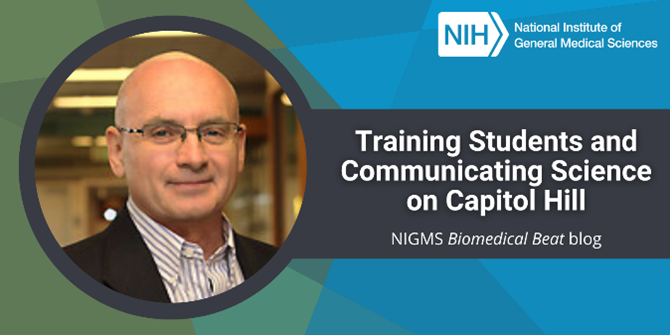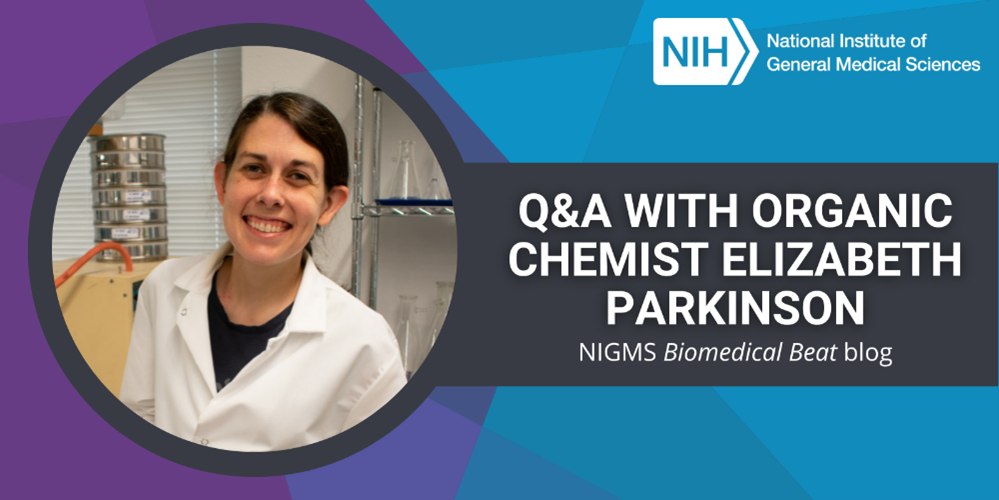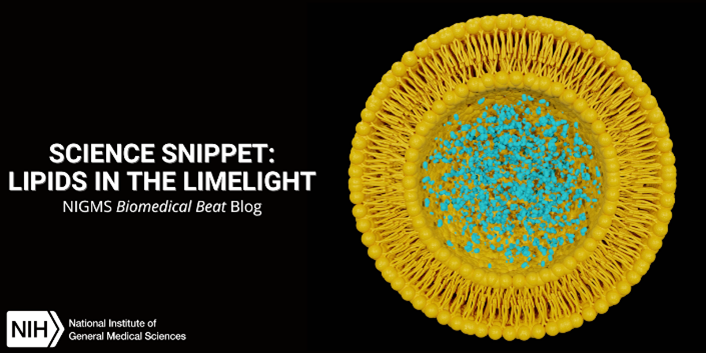When asked why he leads the NIGMS-supported Science Education Partnership Award (SEPA) program at Dartmouth College in Hanover, New Hampshire, Roger D. Sloboda, Ph.D., the Ira Allen Eastman Professor of Biological Sciences (emeritus), shares a story. Several years ago, he learned of a public-school science teacher in rural New Hampshire who had a very limited budget for classroom equipment. With her annual budget, she’d been able to buy a single stainless-steel laboratory cart. “Next year, I hope to buy a piece of equipment to put on it,” she said. A short time later, Dr. Sloboda attended a scientific meeting and talked to a student from a private school in Washington, D.C., who was presenting a poster about his research project studying the effects of household chemicals on zebrafish development. Dr. Sloboda asked the student how he was able to work with zebrafish, because they require specialized, expensive facilities. The student responded that his school maintained its own zebrafish facility.
Continue reading “Sparking Rural Students’ Interest in STEM”Posts by Abbey Bigler-Coyne
Advancing American Indian and Alaska Native Health Through Research, Training, and Engagement
American Indian and Alaska Native (AI/AN) populations have long experienced health disparities such as higher rates of diabetes, certain cancers, and mental health conditions than those of other Americans. One contributing factor in these disparities is underrepresentation of AI/AN populations in biomedical science—as study participants, researchers, and health professionals. Unfamiliarity with health care options and opportunities, coupled with a distrust of biomedical research resulting from unethical studies in the past, have exacerbated this underrepresentation.
NIGMS-supported researchers, including Native scientists, are partnering with AI/AN Tribes to help reduce health disparities by conducting research focused on AI/AN health priorities and building infrastructure that supports research in those communities. They’re also preparing Native students to pursue careers in science and medicine. In this post, you’ll meet four scientists advancing AI/AN health.
Continue reading “Advancing American Indian and Alaska Native Health Through Research, Training, and Engagement”In Other Words: The Measure of a Mole
When we encounter the word mole, some of us might think of a small, fuzzy animal that burrows in gardens, or perhaps the common, pigmented marks on our skin. But in chemistry, the mole is a key unit of measurement; its name is derived from the word molecule. Similar to how “dozen” is another way of saying 12, “mole” is another way of saying 602,214,076,000,000,000,000,000 (that’s about 602 billion trillion), specifically for elementary entities such as molecules and atoms. Scientists sometimes abbreviate this number as 6.02 x 1023, which is why Mole Day is celebrated from 6:02 a.m. to 6:02 p.m. on October 23 each year.

Studying and Sharing the Big Questions of Biology
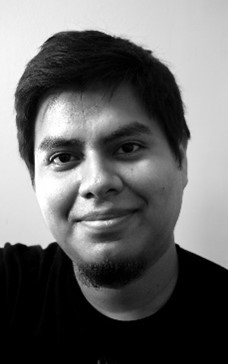
When he started high school in Mexico, Pedro Márquez-Zacarías, Ph.D., wanted to be a politician. However, as he became aware of issues like corruption, he began looking into other fields. Chemistry fascinated him, so he enrolled in a class at his school that was later canceled partway through the year. He then joined a biology class because it included a unit on biochemistry, and through that experience, found that he enjoyed other aspects of biology as well—so much so that he went on to compete in the International Biology Olympiad, a competition for high school biology students.
After graduating from high school, Dr. Márquez-Zacarías majored in biomedical sciences at Universidad Nacional Autónoma de México and discovered a passion for ecology and evolution. During a class activity where students had to present scientific papers, the work of evolutionary biologist William Croft Ratcliff, Ph.D. riveted him. Dr. Márquez-Zacarías began an email conversation with Dr. Ratcliff that led to visiting his NIGMS-supported lab at the Georgia Institute of Technology (Georgia Tech) in Atlanta.
Continue reading “Studying and Sharing the Big Questions of Biology”Sepsis Sleuths
Sometimes we can be our own worst enemies without even realizing it. One devastating example is sepsis: our body’s overwhelming or impaired immune response to an insult—usually an infection or an injury to the body. According to the Centers for Disease Control and Prevention (CDC), sepsis affects at least 1.7 million people in the United States each year, and it can lead to tissue damage, organ failure, and death. (See our sepsis fact sheet for more information.)
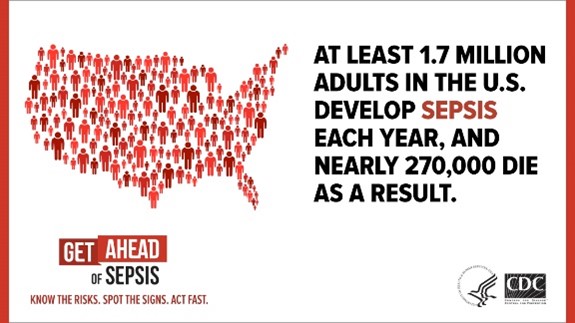
Training Students and Communicating Science on Capitol Hill

“I’ve been infected with this enthusiasm for science, and I think that carries over to my students. Essentially, I lead by example,” says Mikhail Bobylev, Ph.D., a professor of chemistry at Minot State University in Minot, North Dakota. He researches ways to improve the chemical synthesis of medicinal molecules, and since 2004, he’s has mentored more than 70 undergraduate researchers in his lab with support from the NIGMS-funded North Dakota IDeA Networks of Biomedical Research Excellence (INBRE).
Dr. Bobylev focuses on training students to conduct rigorous, meaningful research and to communicate it clearly to a variety of audiences, including the general public, scientists, and policymakers. He believes that this emphasis on strong communication skills is one of the reasons why his students were often selected for Posters on the Hill—a prestigious annual event where undergraduate researchers presented their work to lawmakers in Washington, D.C. Since 2008, 10 of his mentees were chosen to participate.
Continue reading “Training Students and Communicating Science on Capitol Hill”Career Conversations: Q&A With Organic Chemist Elizabeth Parkinson

“Being able to discover new, unexpected things is why you wake up every day and go to work as a scientist. The other part is hopefully to have a positive impact on human health—through combatting conditions ranging from antibiotic resistance to cancer,” says Elizabeth Parkinson, Ph.D., an assistant professor of organic chemistry at Purdue University in West Lafayette, Indiana. In an interview, Dr. Parkinson shared with us her path to a scientific career, research on natural products made by soil-dwelling bacteria, and advice for students.
Q: What sparked your interest in science?
A: My high school freshman biology teacher, Mr. O’Connell, first got me interested in science. He’d bring objects to class, and we’d have to guess how they might relate to the day’s subject matter. One time he brought strawberries, and we isolated DNA from them, which I really enjoyed. I also participated in a science fair for the first time that year. My project focused on how the color of light affected plant growth, and that was a very fun experience.
Continue reading “Career Conversations: Q&A With Organic Chemist Elizabeth Parkinson”In Other Words: Not All Cultures Are Human
The word culture may make you think of a flag, style of clothing, celebration, or some other tradition associated with a particular group of people. But in biomedical science, a culture is a group of cells grown in a lab. Scientists use cultures to learn about basic biological processes and to develop and test new medicines.
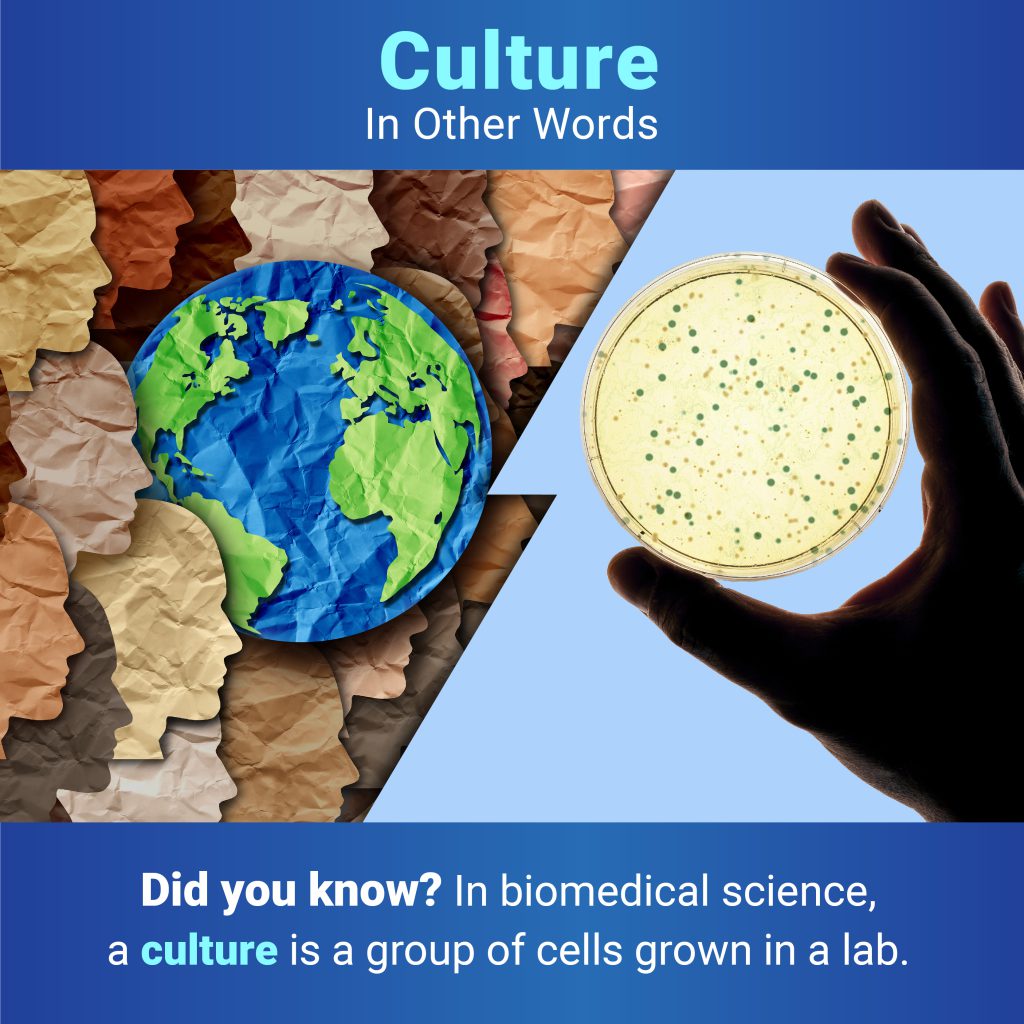
The Birth of a Culture
Scientists can grow many types of cells as cultures, from bacteria to human cells. To create a culture, a researcher adds cells to a container such as a Petri dish along with a mix of nutrients the cells need to grow and divide. The exact recipe varies depending on the cell type. (Because many lab containers were historically made of glass, researchers sometimes refer to studies that use cultures as in vitro—Latin for “in glass.”) Once the cells multiply and fill their container, researchers split the culture into new containers to produce more.
Continue reading “In Other Words: Not All Cultures Are Human”Career Conversations: Q&A with Biochemist Alexis Komor
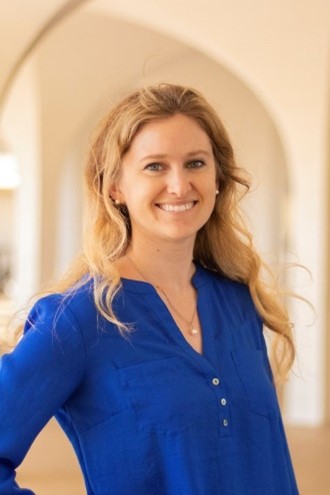
“DNA is an amazingly beautiful molecule, and it’s so important. Each of our cells has only one copy of DNA, and if it gets damaged, that messes up everything else in the cell,” says Alexis Komor, Ph.D., an assistant professor of chemistry and biochemistry at the University of California, San Diego (UCSD). Check out the highlights of our interview with Dr. Komor to learn about her scientific journey, research on DNA, and advice for students.
Q: How did you decide to study chemistry?
A: I really enjoyed math and science in middle and high school. When I applied to college, I knew I wanted to major in science over math because I felt like it was more relevant to what we experience on a day-to-day basis. I ultimately went into chemistry for a silly reason, but looking back now, I’m so very grateful that I did. Chemistry has this nice balance because it allows you to not only understand how things work on a molecular level but also see how those molecular workings relate to everyday phenomena—for example, understanding how DNA damage on a molecular level can lead to negative health outcomes.
Continue reading “Career Conversations: Q&A with Biochemist Alexis Komor”Science Snippet: Lipids in the Limelight
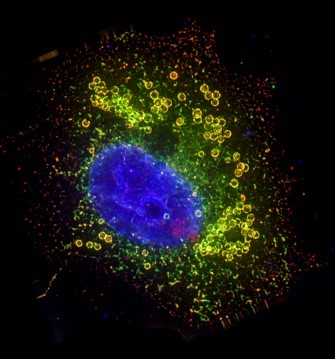
Have you ever wondered why your cells don’t spill into each other or what keeps your skin separate from your blood? The answer to both is lipids—a diverse group of organic compounds that don’t dissolve in water. They’re one of the four major building blocks of our bodies, along with proteins, carbohydrates, and nucleic acids. Types of lipids include:
- Fats, necessary for our bodies’ long-term energy storage and insulation. Some essential vitamins are fat soluble, meaning they must be associated with fat molecules to be effectively absorbed.
- Phospholipids, which make up a large part of cell and organelle membranes.
- Waxes, which help protect delicate surfaces. For instance, earwax protects the skin of the ear canal.
- Steroids, including cholesterol, a precursor to many hormones, which helps maintain the fluidity of cell membranes.


